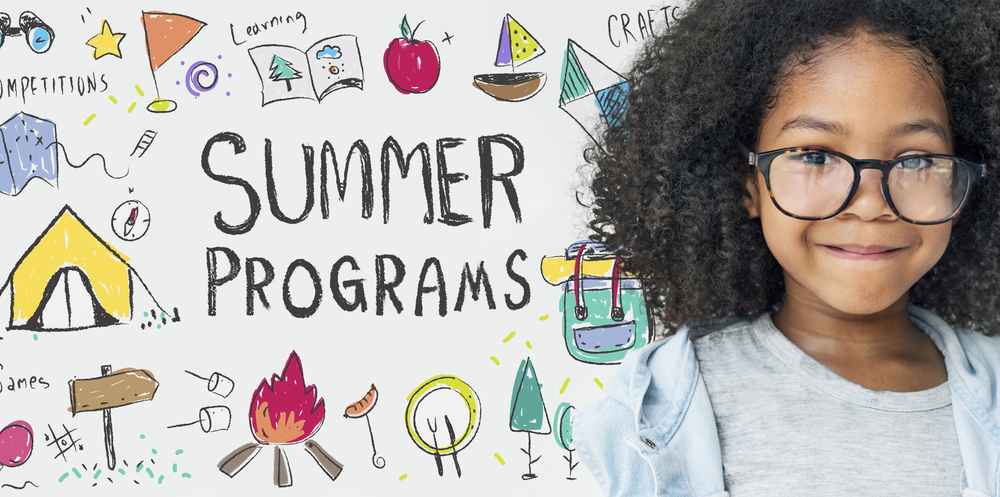Visual Learning Normal Worksheets for Ages 6-9
8 filtered results
-
From - To
Discover our engaging Visual Learning Normal Worksheets designed specifically for children ages 6 to 9. These worksheets aim to enhance visual learning skills through colorful illustrations, interactive activities, and fun challenges. Ideal for classrooms or home use, our resources support key subjects such as math, reading, and art while promoting visual recognition and cognitive development. Each worksheet is crafted to ignite curiosity and creativity, allowing young learners to explore concepts in a captivating way. Encourage your child's educational journey with our specially curated visual learning resources that make learning enjoyable and effective. Download now to get started on a visual learning adventure!
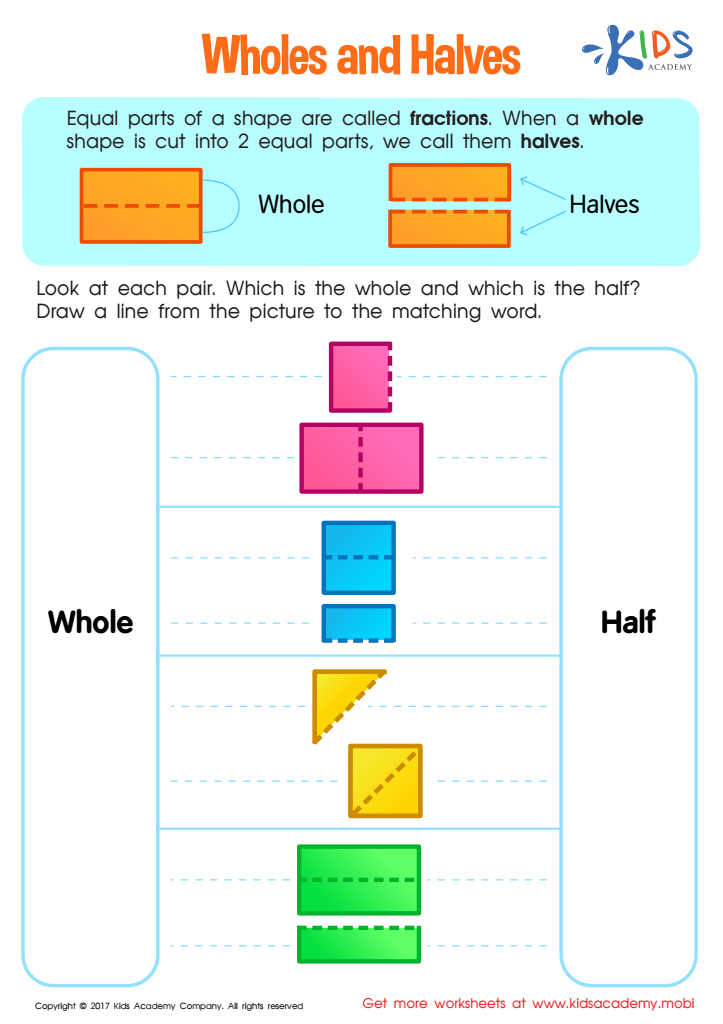

Wholes and Halves Worksheet
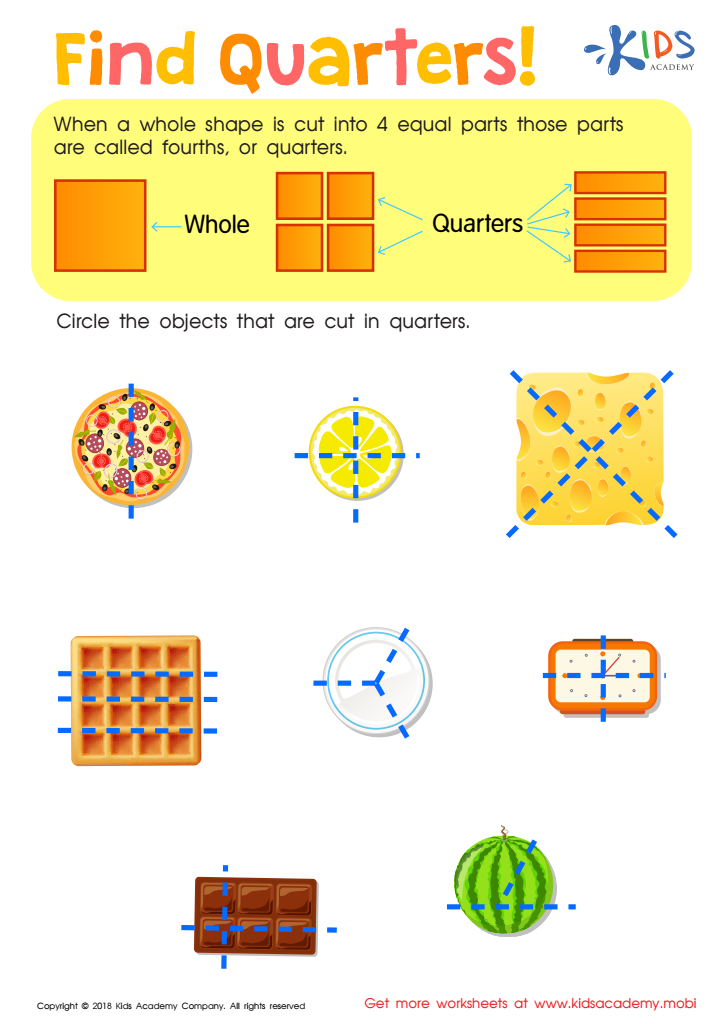

Find Quarters Worksheet


Hot Air Balloon Math Worksheet
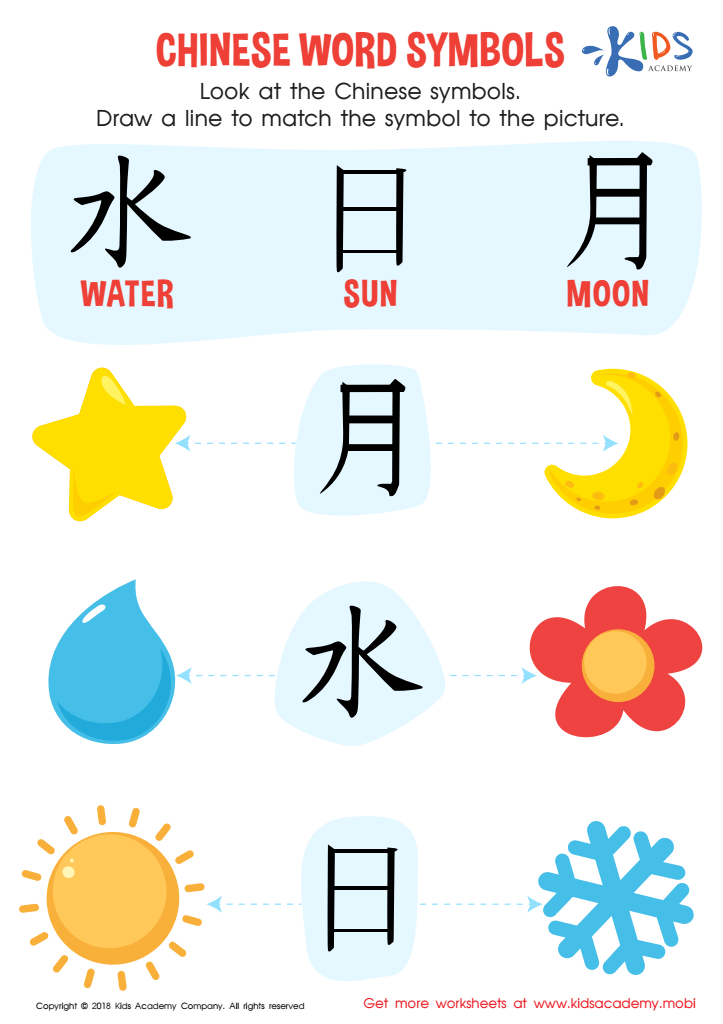

Chinese Word Symbols Worksheet
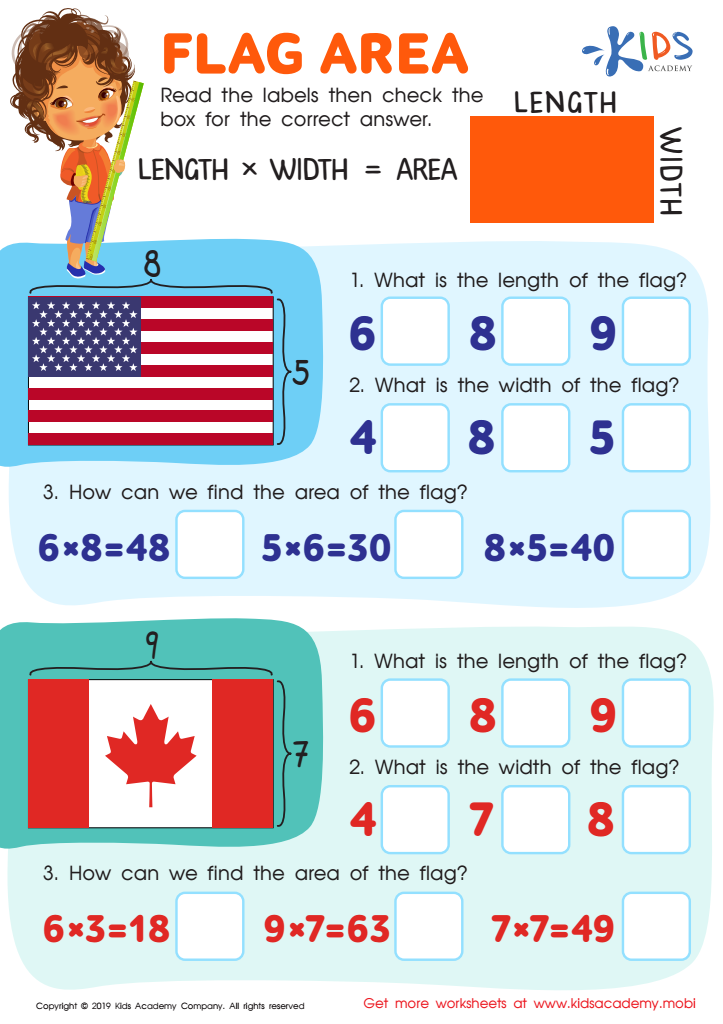

Flag Area Worksheet
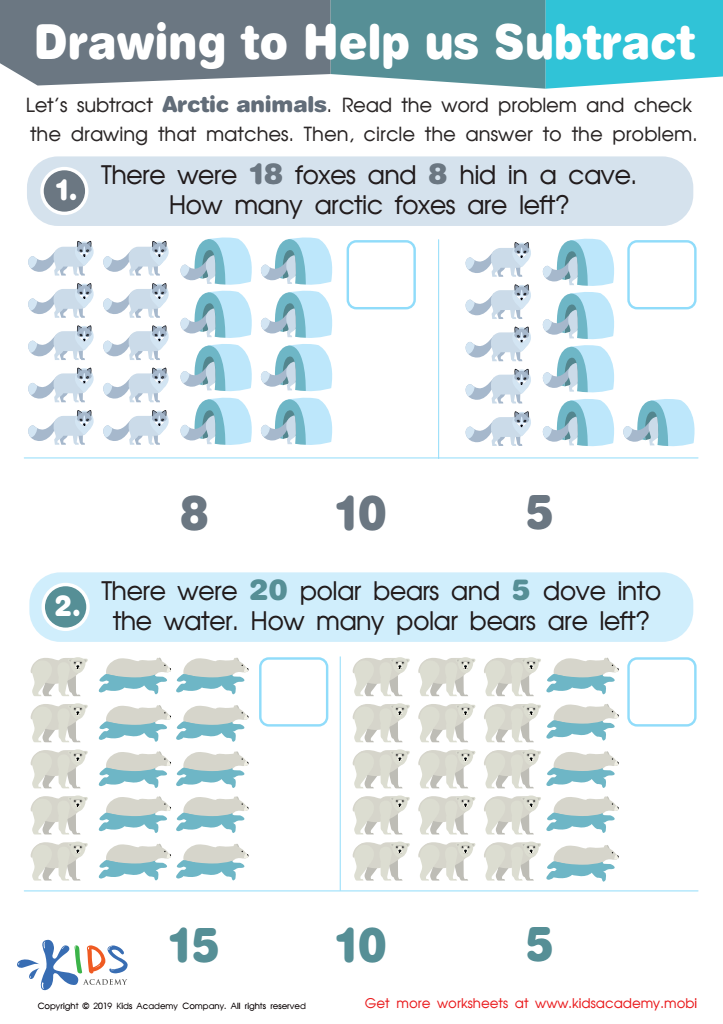

Drawing to Help Us Subtract Worksheet
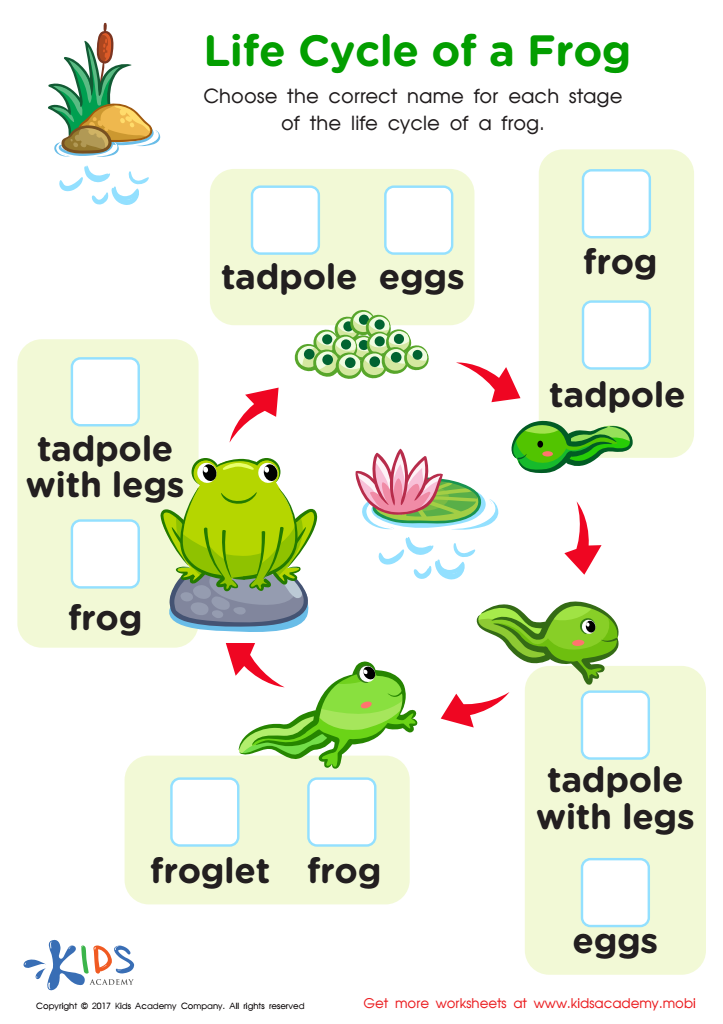

Life Cycle Frog Printable
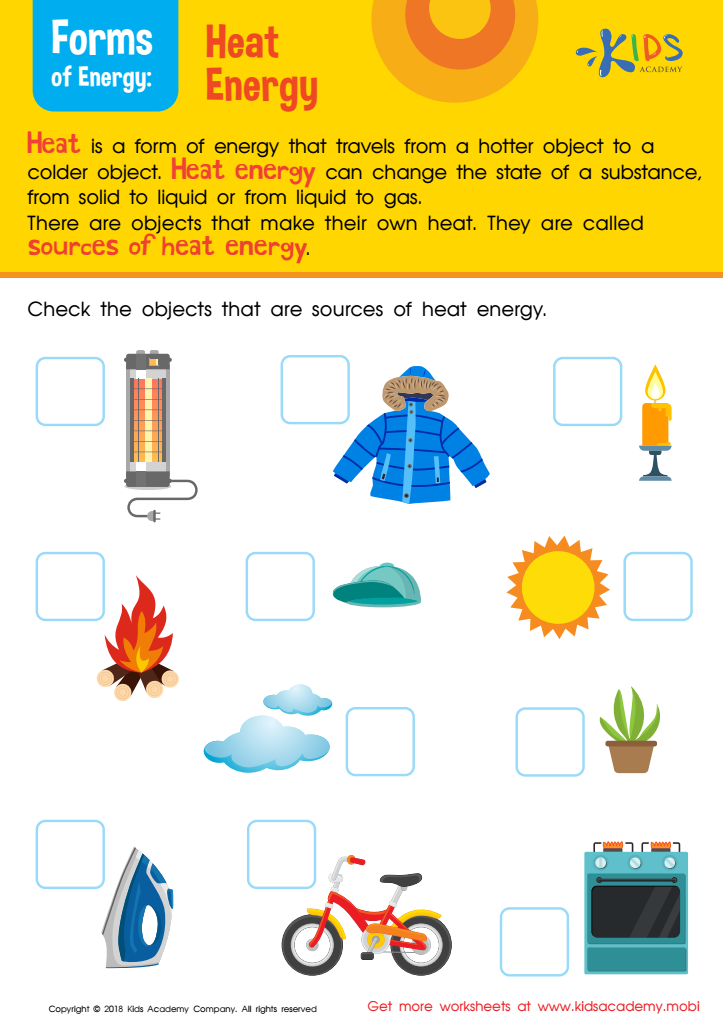

Sources of Heat Energy Worksheet
Visual learning is a vital approach for children aged 6-9, as it aligns with their developmental stage where they are naturally drawn to images, colors, and visual storytelling. During these formative years, children are developing critical cognitive skills, and visual learning enhances their understanding by making complex concepts more accessible. When parents and teachers incorporate visual elements into learning, such as diagrams, charts, and multimedia resources, they cater to various learning styles, allowing children to grasp information better.
Moreover, visual learning helps improve memory retention. Children often remember images and visuals better than written words or auditory instructions alone. This method also fosters engagement and motivation, as colorful and dynamic visuals can make learning more enjoyable and less intimidating.
Additionally, using visuals in early education promotes creativity, encouraging children to think outside the box and develop problem-solving skills. It enables them to make connections between different ideas and subjects. By supporting visual learning, parents and teachers create a stimulating environment that nurtures critical thinking and helps children build a strong foundation for future academic success. Ultimately, prioritizing visual learning methods encourages not just knowledge acquisition but also a lifelong love for learning.
 Assign to My Students
Assign to My Students




